Today is the Mid-Autumn Festival (15th day of the 8th lunar month). In the past few days, children everywhere have been bustling about breaking the moon cakes. Although the pace of life has become much faster, on this year's Mid-Autumn Festival night, surely somewhere there will still be people looking up at the moon and looking for Cuoi's figure under the banyan tree.
The Japanese do not celebrate the Mid-Autumn Festival like the Vietnamese, which means there are no lantern parades, no lion dances, and no moon cakes. On this day, the Japanese usually just watch the moon from their balconies or gardens at home, at temples or in places with beautiful scenery.
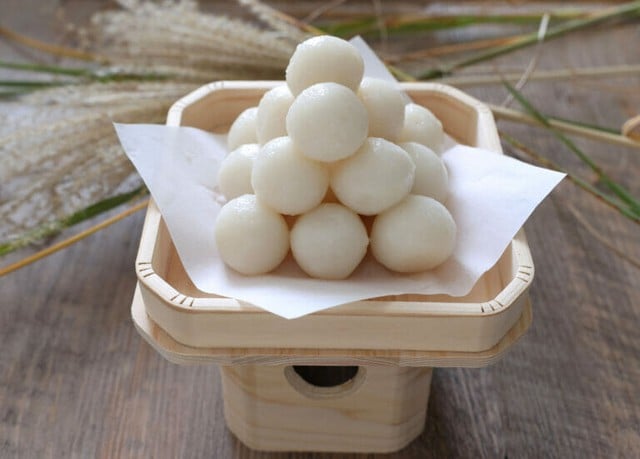
Tsukkimi Dango
SCREENSHOT
Some people eat tsukimi dango, a type of cake made from glutinous rice flour. This moon-viewing ritual is called tsukimi ( tsuki is the pronunciation of the word nguyet, meaning moon, mi in miru , meaning to look at). The Japanese believe that the dark streaks on the moon represent a rabbit pounding rice cakes, not Cuoi sitting under a banyan tree as the Vietnamese know him.
In recent years, some Japanese food chains have also introduced new tsukimi-themed menus on this occasion so that customers can feel a bit of the full moon atmosphere.
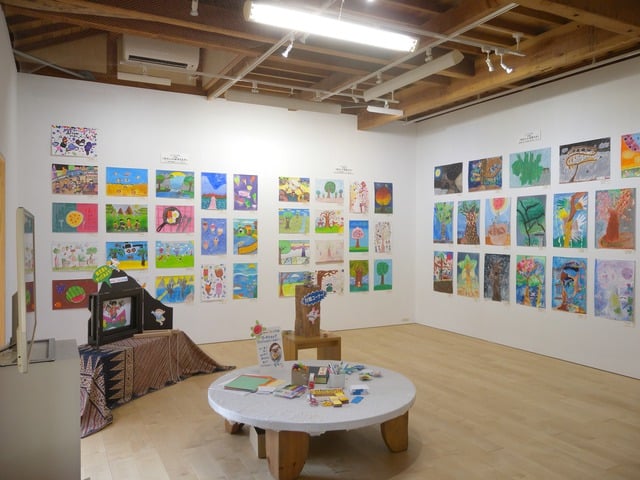
A corner of the exhibition of paintings by children of Japan and Vietnam
PHOTO: MY LOAN
Mid-Autumn Festival, bringing Uncle Cuoi to Japanese children
With the desire to enhance the exchange activities between children of Vietnam and Japan through fine arts, from July 9 to August 11, the Organizing Committee of the Vietnam - Japan Painting Exchange Exhibition held the Vietnam - Japan Children Exchange Exhibition at Vitokuras Gallery in Toyono District, Osaka City.
The exhibition has 3 contents including: exhibition of paintings by theme and paintings for 4 folk tales, fairy tales, myths (including two typical Vietnamese stories "Chu Cuoi" and "The Legend of Watermelon", two typical Japanese stories), reading of paper plays and workshop "Let's make a turtle tower together".
The exhibition, supported by the Ho Chi Minh City General Library and three art classes of three Japanese teachers in Osaka, displayed about 150 paintings by children from both countries. The paintings were then made into four paper plays (commonly known as kamishibai in Japan) by the organizers and read at the gallery.
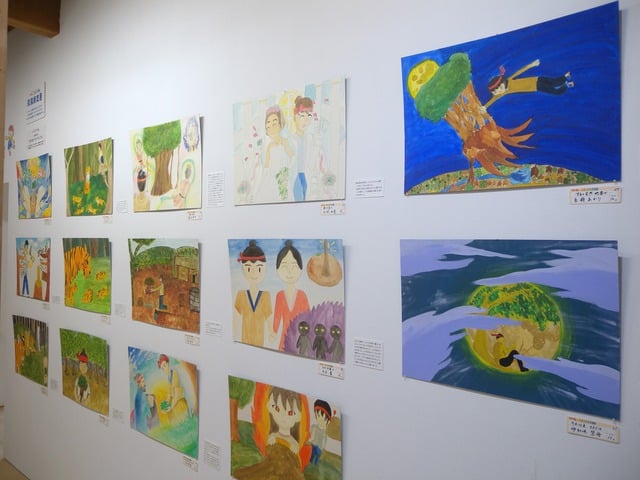
The series of paintings "Uncle Cuoi" drawn by Japanese secondary school students
PHOTO: MY LOAN
Among these, the work "Uncle Cuoi" was drawn by Japanese children of 3 different ages: elementary, middle and high school, in 3 sets with different strokes.
The paper play reading, although only held for one session, attracted nearly 40 people to listen. Many people expressed surprise when they learned that the image on the moon in the eyes of Vietnamese people is not a rabbit but Cuoi.
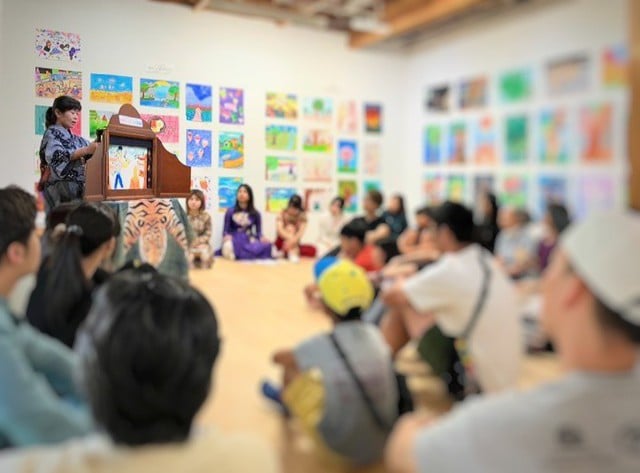
Scene of the reading of the story "Uncle Cuoi" in Japan
PHOTO: MY LOAN
A program participant commented: "It's great because thanks to listening to paper plays at this exhibition, for the first time, I got to hear Vietnamese."
The exhibition attracted 135 visitors, including both children and adults. The series of paintings about "Uncle Cuoi" was also returned to the Japanese children's authors. However, I believe that the story and paintings about Uncle Cuoi still remain in the minds of the Japanese visitors who came to see the exhibition.
I hope next Mid-Autumn Festival many more Japanese people will know about Uncle Cuoi and the Vietnamese Mid-Autumn Festival.
Source: https://thanhnien.vn/nhat-ban-co-an-tet-trung-thu-nhu-viet-nam-khong-185251006154107839.htm


![[Photo] Dan Mountain Ginseng, a precious gift from nature to Kinh Bac land](/_next/image?url=https%3A%2F%2Fvphoto.vietnam.vn%2Fthumb%2F1200x675%2Fvietnam%2Fresource%2FIMAGE%2F2025%2F11%2F30%2F1764493588163_ndo_br_anh-longform-jpg.webp&w=3840&q=75)





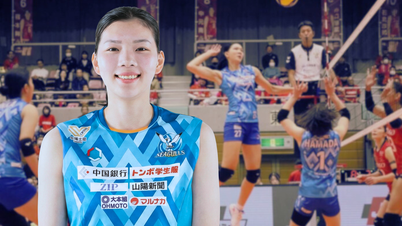

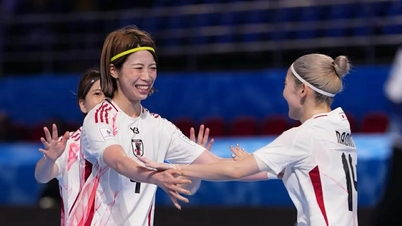

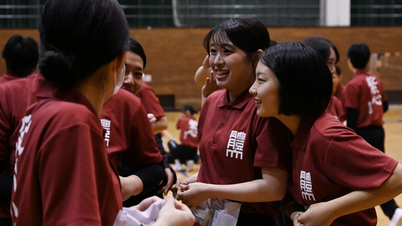
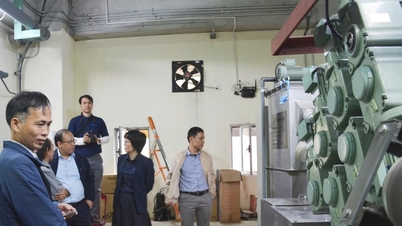

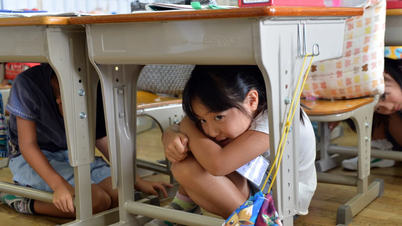

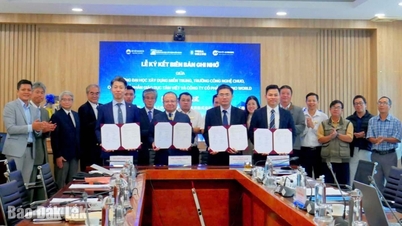

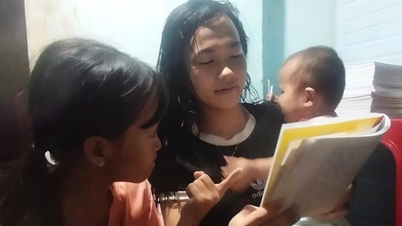

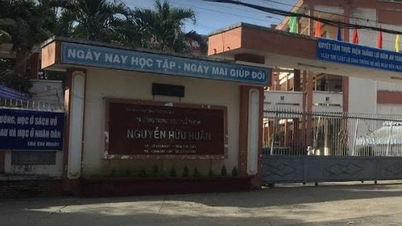

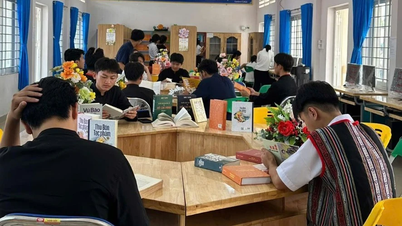
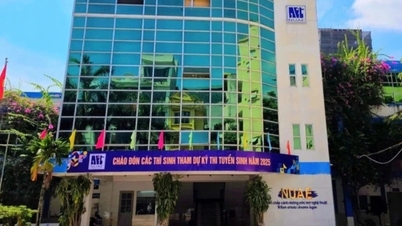




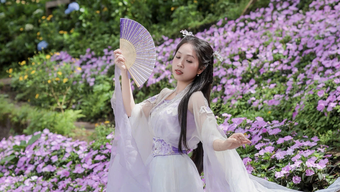

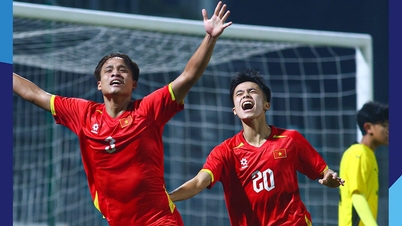
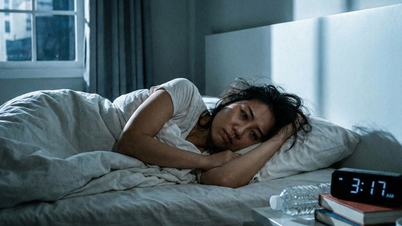
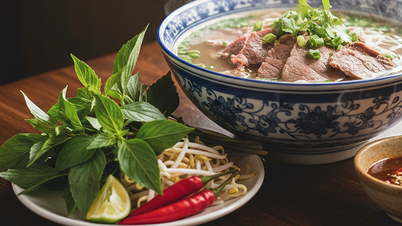
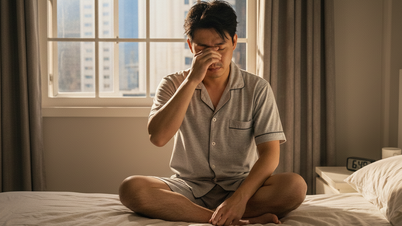





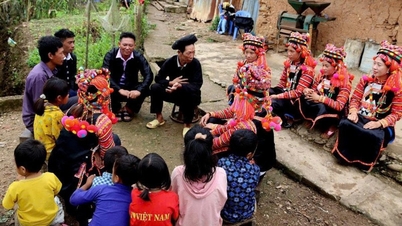

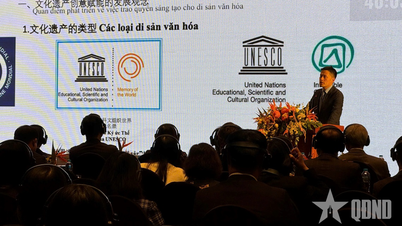

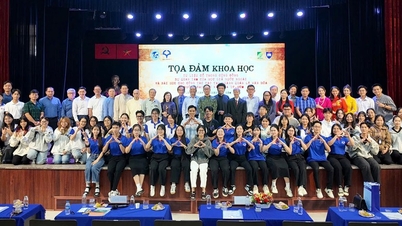

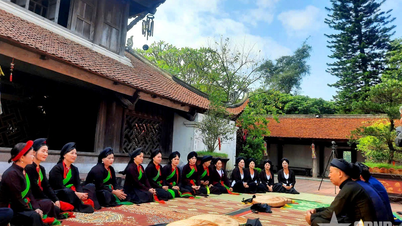



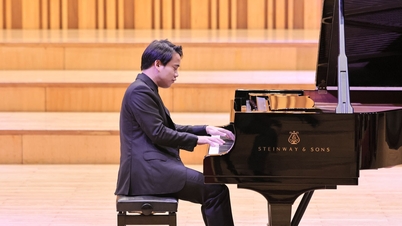

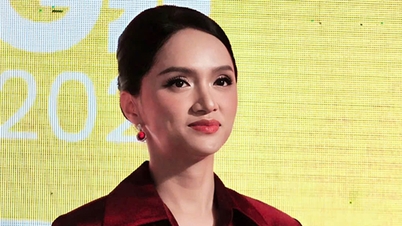
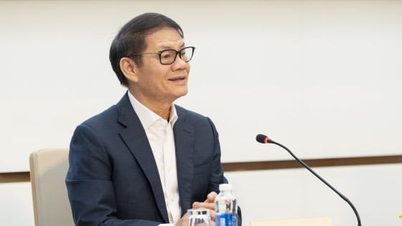

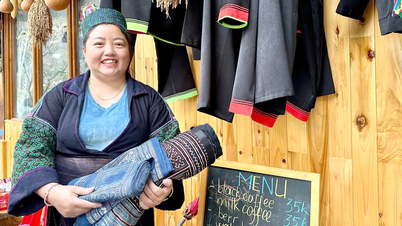
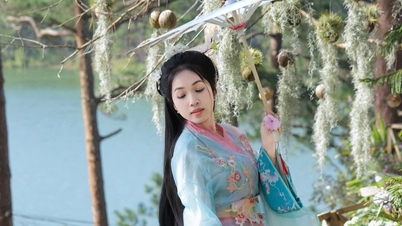
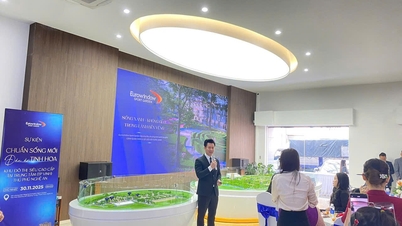












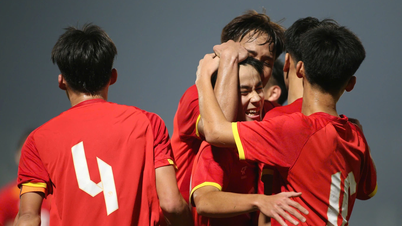
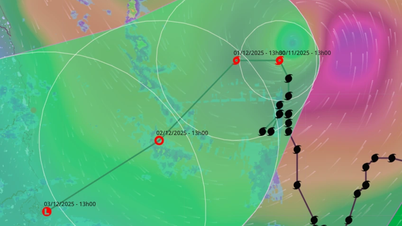
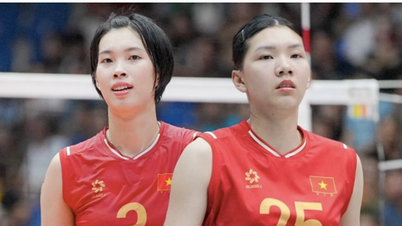

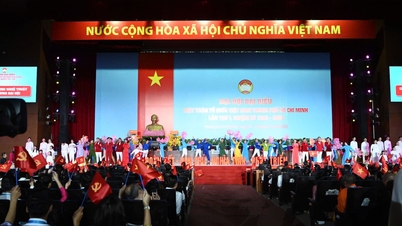

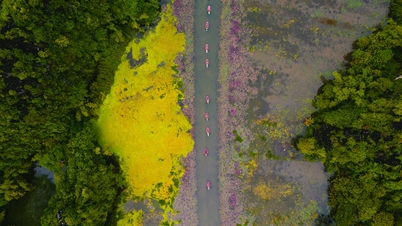
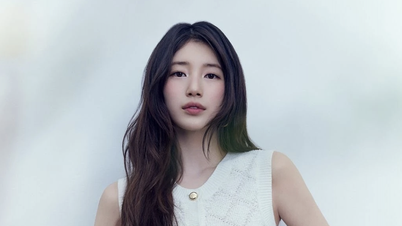

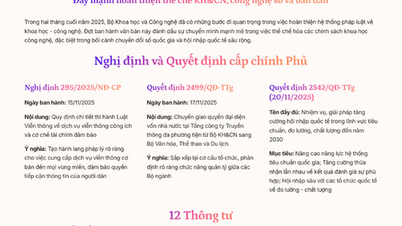

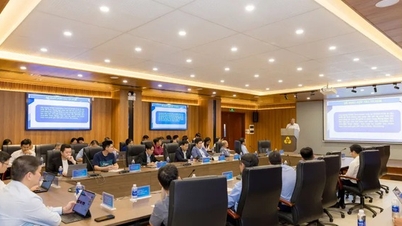
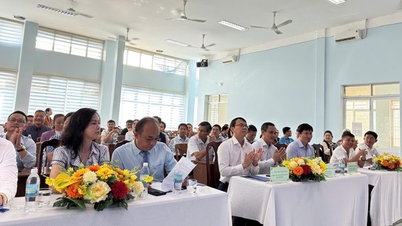
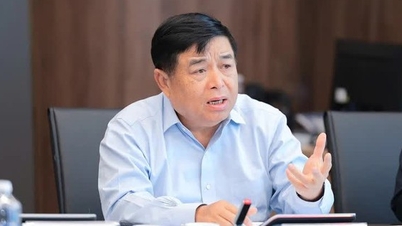
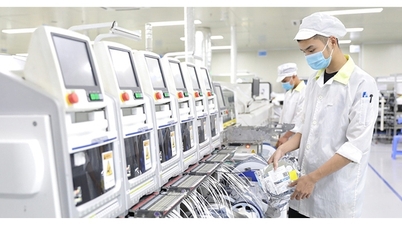
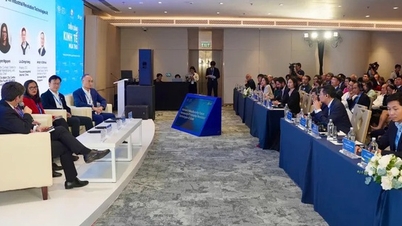
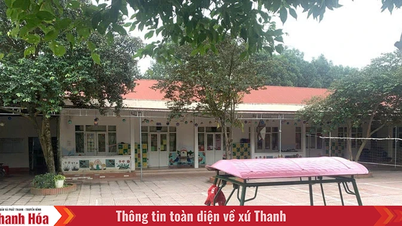

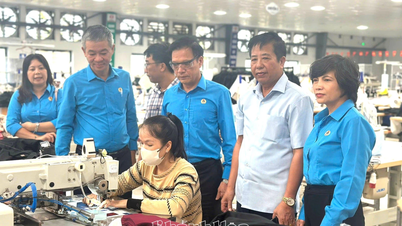

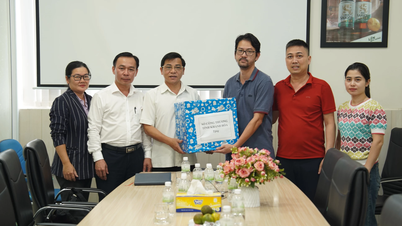
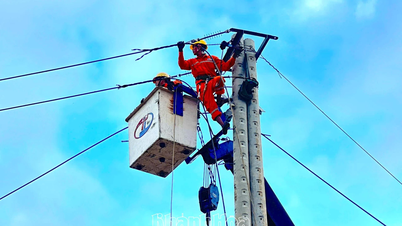
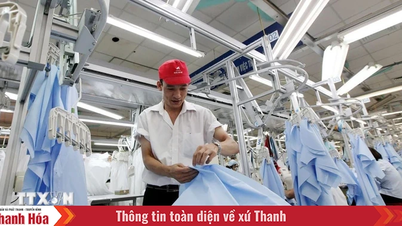
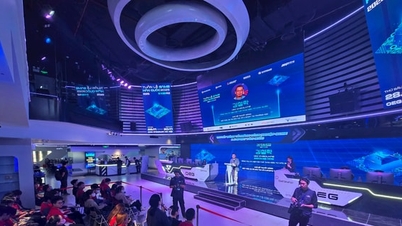













Comment (0)